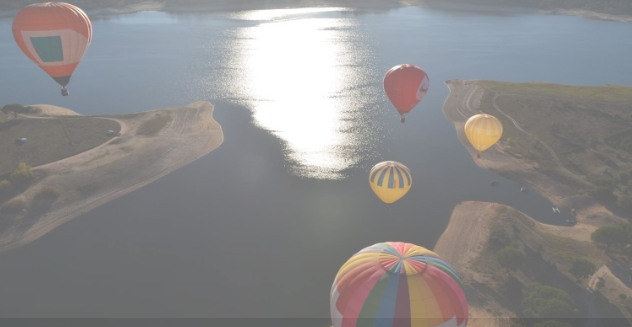Exasperation as Air France & Airbus plead not guilty to charges 13 years after crash of AF447
- Om Dattani
- Oct 28, 2022
- 3 min read

A manslaughter trial over the 2009 crash of Air France flight 447 has begun in Paris. The courtroom fell silent as the judge read out the names of 228 passengers and crew who lost their lives on that fateful evening, on what is considered the airlines worst accident yet.
An undercurrent of sentimental grief felt by the victims’ families, they were disgusted and made themselves heard in the Paris courtroom. Their grief and disgust quickly turned into fury and rage towards Air France and Airbus as their chief executives pleaded not guilty to involuntary manslaughter, as they “offered” their condolences.
The intense-nine-week trial began and “shame & too little, too late” pierced the silence in the court as Anne Rignali and Guillaume Faury made their opening statements, the Chief Executives of Air France and Airbus, respectively.
This is the first time an airliner and a plane manufacturer have been directly held accountable in a trial, after an accident. In previous cases, the norm for this was to hold individuals responsible and not a whole company. The lawyers for the passengers’ families have battelled for years to have their voices heard. That dream was one step closer in 2019. This was when the decision to abandon the case was overturned because of investigators inability to establish who was to blame.
Flight AF447 was an overnight flight en route from Rio de Janeiro to Paris when it mysteriously disappeared off the radar of air traffic controllers. The plane was going through the middle of a storm over the Atlantic Ocean on the fateful 1st of June 2009. According to reports and investigations, it took four minutes and 24 seconds for the plane to dive 11,500 meters out of the night sky, in which the “stall” warning sounded 75 times, this according to recordings retrieved from the black boxes which included the cockpit recordings.
Many people questioned what caused the downward spiral of such a sophisticated piece of engineering. Well, the answer lies in the plane’s speed sensors, they were said to have iced up, which in turn, turned off the autopilot and sending contradicting information to the crew in the cockpit and this set off a disastrous chain of events.
Both companies have denied the claims that their negligence led to the crash, however, they both have contradicting stories. Airbus blames pilot error for the crash while Air France claims mal-information and confusing alarms puzzled the pilots.
All we know is… Days after the plane vanished, debris was sighted for the first time, floating in the ocean. However, it took an additional 2 years and €31 million in funding to locate what remained of the plane on the seabed. This to recover the black box, flight data and voice recorders, only then they could investigate into what happened. Only when they found the necessary pieces did the France’s air investigation agency (Bureau of Enquiry and Analysis for Civil Aviation Safety) (BEA) began to piece everything together to figure out what caused the crash.
Daniele Lamy, whose son was onboard said “Thirteen years we have been waiting for this day and we have prepared for a long time,”
According to Sébastien Busy, a lawyer who represents the French victims, warned the press against side-lining the families during the hearing, by saying “It is a trial where the victims must remain at the centre of debate. We do not want Airbus or Air France to turn this trial into a conference of engineers”.
The one question that the trial will centre on, is: why the three flight crew members present in the cockpit, with more than 20,000 hours of flying experience between them, failed to understand the plane had been stalling/lost lift and was not rising but falling in this case.
According to the final report from the BEA, the crew responded incorrectly to the ice built up on the wing of the plane, aka icing. They also did not have the training required to fly the plane manually at such a high altitude after the autopilot had shut off. It also highlighted the inconsistent signals from a display called the flight director, which has since been re-designed to switch itself off in such events to avoid confusion. However, it begs the question if it does not cause confusion, it will only stress out the pilots more, wouldn’t it?
Everyday there are millions of people flying and wouldn’t it be too risky to do it with old planes, shouldn’t they be de-commissioned, like the DC-9 and DC-10?






Comments